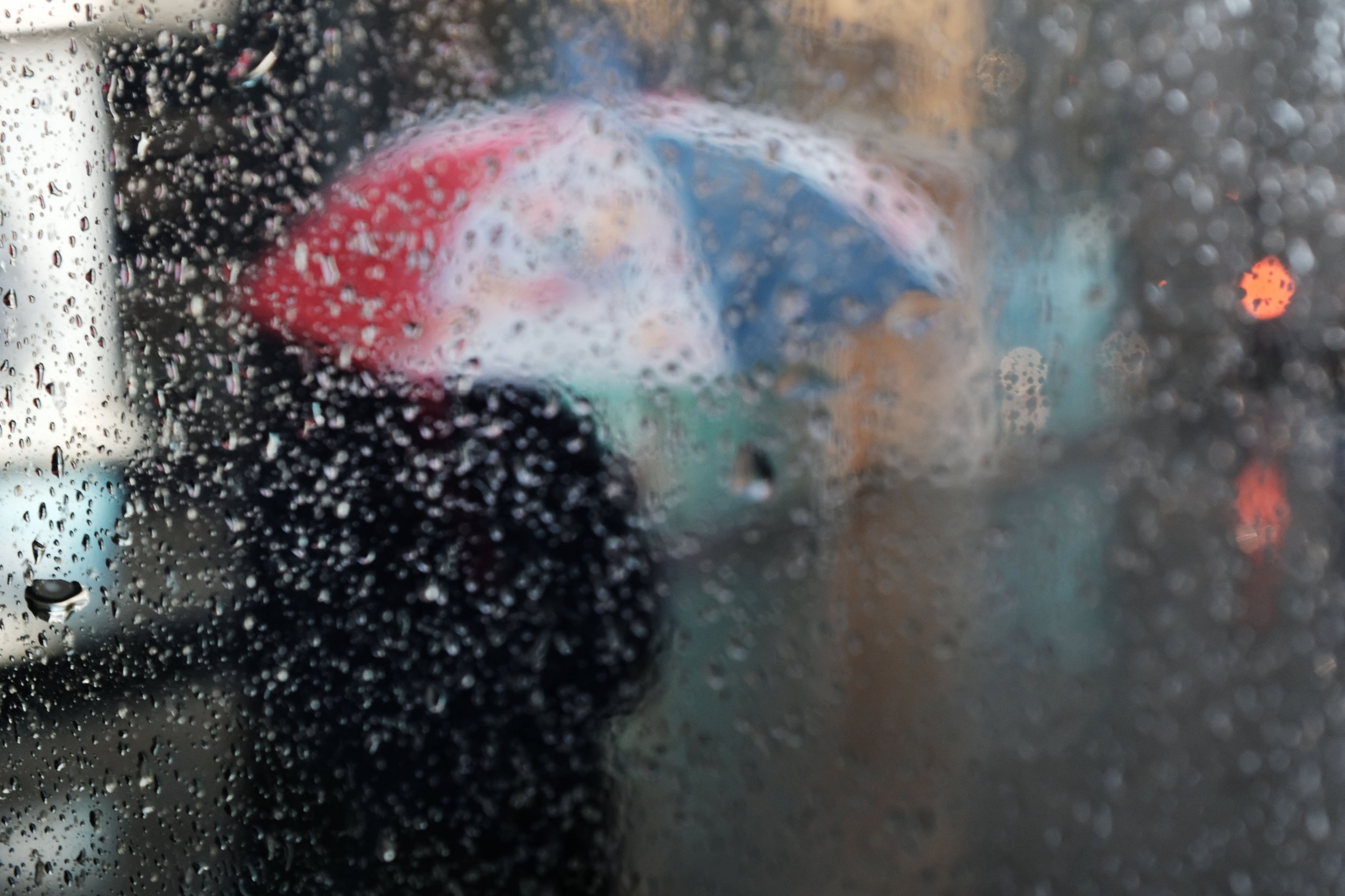
There was significant rainfall expected up along the mid-Atlantic and to the Northeast Thursday. Starting Wednesday night an area of low pressure was expected to bring heavy rains to the Washington D.C. area before the storm made its way north.
The National Weather Service was calling the storm a "late-season Nor'easter" and said it was expected to bring significant heavy rainfall, strong winds and some snow. It was expected to begin Wednesday night and not dissipate until Saturday.
A late-season Nor'Easter is poised to bring heavy rainfall, wind, and some snow to higher elevations of the Atlantic Coast and New England starting tonight and lasting through Saturday. Find your local forecast and impacts at https://t.co/VyWINDk3xP pic.twitter.com/Jv60RiyKYf
— National Weather Service (@NWS) March 20, 2019
The storm was forming due to low pressure off of the coasts of the Carolinas on Wednesday and it was expected to head north from there. "Moderate to locally heavy rainfall is likely across the Mid-Atlantic states on Thursday shifting northward into the Northwest by Friday, with the potential for accumulating snowfall across portions of the interior Northeast as well," said the forecast from the NWS.
"D.C. and Baltimore are in for a wet and gusty start on Thursday, as low pressure marches up the coast, bringing one to two inches of rain with locally higher amounts. Some urban flooding will be possible as heavier rain moves into Philly through the middle of the day, and into the Tri-State area by late afternoon," Carl Parker, storm specialist with The Weather Channel told Newsweek.
Nor'easters are usually thought to bring snow and are associated with winter but that isn't always the case. The storms typically are known for forming over the coastal areas of the northeast and can actually occur any time during the year, not only during winter, according to the NWS.
The East Coast of the United States is a uniquely perfect area for nor'easters to form due to the way cold air from the north comes south and east over land and interacts with warm air from the Gulf of Mexico that's traveling north to keep the coastal waters on the warmer side. When cold air on land and the warm air over the water interact, they can form the violent storms, according to the NWS.
Though widespread snow was not expected the storm was prompting some weather advisories and warnings. There was a hazardous weather outlook issued for the two to seven-day forecast for the D.C. area and there was also one issued for the New York City area. Both were issued due to the possibility of strong winds from the storm Thursday.
"The low will be getting much stronger as it travels from Massachusetts to Maine on Friday, and winds of 30-40 mph will wrap around the back of the low, spreading across the northeast. Temps will plummet, and it's going to feel a lot more like winter than spring," Parker said.
North, in areas like Vermont the storm had the possibility to bring snow as well if the conditions were cold enough. There was a winter storm watch in effect for Friday afternoon through Saturday for parts of Vermont including Orleans, Essex, Lamoille, Eastern Franklin, Eastern Chittenden, Eastern Addison and Eastern Rutland. Anywhere from six to 10 inches of snow was expected along with strong wind gusts.
In Southeastern St. Lawrence, Southern Franklin, Western Clinton and Western Essex there were six to 12 inches expected and wind gusts up to 40 miles per hour. The winter storm watch was issued for late Thursday into Saturday, according to the NWS.
Those in the path of the storm should pay attention to forecasts and warnings from local authorities. As always they should follow the NWS golden rule "Turn around, don't drown," when approaching flooded roadways.
Uncommon Knowledge
Newsweek is committed to challenging conventional wisdom and finding connections in the search for common ground.
Newsweek is committed to challenging conventional wisdom and finding connections in the search for common ground.
About the writer
Nina was a breaking news reporter. She previously worked at Business Insider, The Boston Globe, and Boston.com.
To read how Newsweek uses AI as a newsroom tool, Click here.








